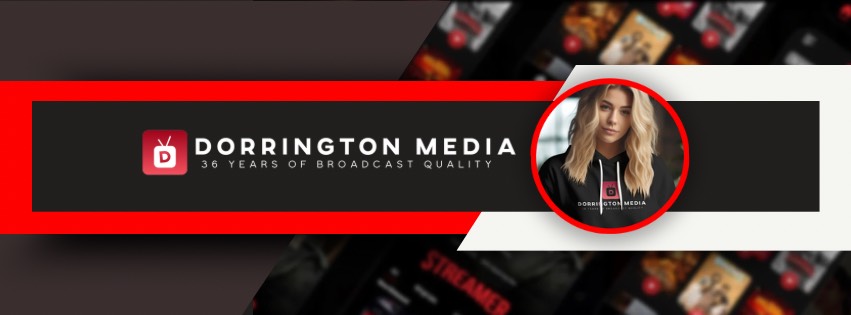As we begin 2025, the advertising landscape continues to evolve, with Broadcast Video On Demand (BVOD) emerging as a dominant force. According to recent insights from ThinkTV, BVOD is set to gain even more traction as advertisers adapt to changing consumer behaviours. This blog explores the implications of these developments and what they mean for advertisers aiming to stay ahead in the digital age.
The Shift in Viewing Habits
Despite the waning prominence of linear TV, BVOD viewership is on an upward trajectory. This growth trend, observed since a spike during the 2021 Olympics, is set to continue as audiences increasingly prefer on-demand content. The latest data from ThinkTV highlights that while traditional live TV viewing is decreasing, BVOD consumption is rising, making it an attractive option for advertisers seeking to reach audiences effectively.
Why BVOD is Gaining Popularity
- Enhanced Advertising Experience: BVOD offers a more effective advertising platform compared to traditional linear TV. Advertisers benefit from higher levels of viewability and a greater share of audience, particularly when compared to Subscription Video On Demand (SVOD) services that have recently introduced ad tiers.
- Audience Reach and Engagement: BVOD allows advertisers to reach audiences at all stages of the purchase journey. The combination of linear broadcast and BVOD viewing creates a comprehensive “Total TV” experience that maximizes audience reach.
- Technological Advancements: The proliferation of internet-enabled devices, such as Connected TVs, has made BVOD more accessible and appealing. Investments in technology and services have simplified the digital viewing experience, encouraging more consumers to adopt BVOD.
Demographic Insights
The demographic breakdown of BVOD audiences reveals significant opportunities for targeted advertising. Key demographics include:
- Females and Males Aged 25-39 and 40-54: These groups account for over half of BVOD audiences, making them prime targets for advertisers.
- Males Aged 18-24: This segment saw a 15% increase in total BVOD minutes compared to the first half of 2022, indicating growing engagement.
Popular Content Categories
Understanding what viewers are watching can inform advertising strategies. The most popular BVOD categories include:
- Drama: With 22.8% of total viewing, drama remains the top choice for BVOD audiences.
- Reality, Children’s Programs, and News/Current Affairs: These categories also attract substantial viewership, offering diverse opportunities for advertisers.
Strategic Implications for 2024
As advertisers plan for 2024, the focus should be on leveraging the strengths of BVOD to reach and engage audiences effectively. Here are some strategic considerations:
- Invest in Compelling Content: High-quality, engaging content is crucial for capturing audience attention and driving advertising effectiveness.
- Embrace Data-Driven Targeting: Utilize demographic insights and viewing preferences to tailor advertising messages and maximize impact.
- Integrate Across Platforms: Consider how BVOD can complement other digital and traditional advertising efforts to create a cohesive multi-channel strategy.
Conclusion
The continued rise of BVOD presents exciting opportunities for advertisers in 2025. By understanding and capitalizing on the unique advantages of this platform, brands can enhance their reach, engagement, and return on investment. As consumer preferences evolve, staying attuned to these trends will be key to achieving advertising success in the year ahead. Chat to us today on how your small business can capitalize on this opportunity.



Leave a Reply